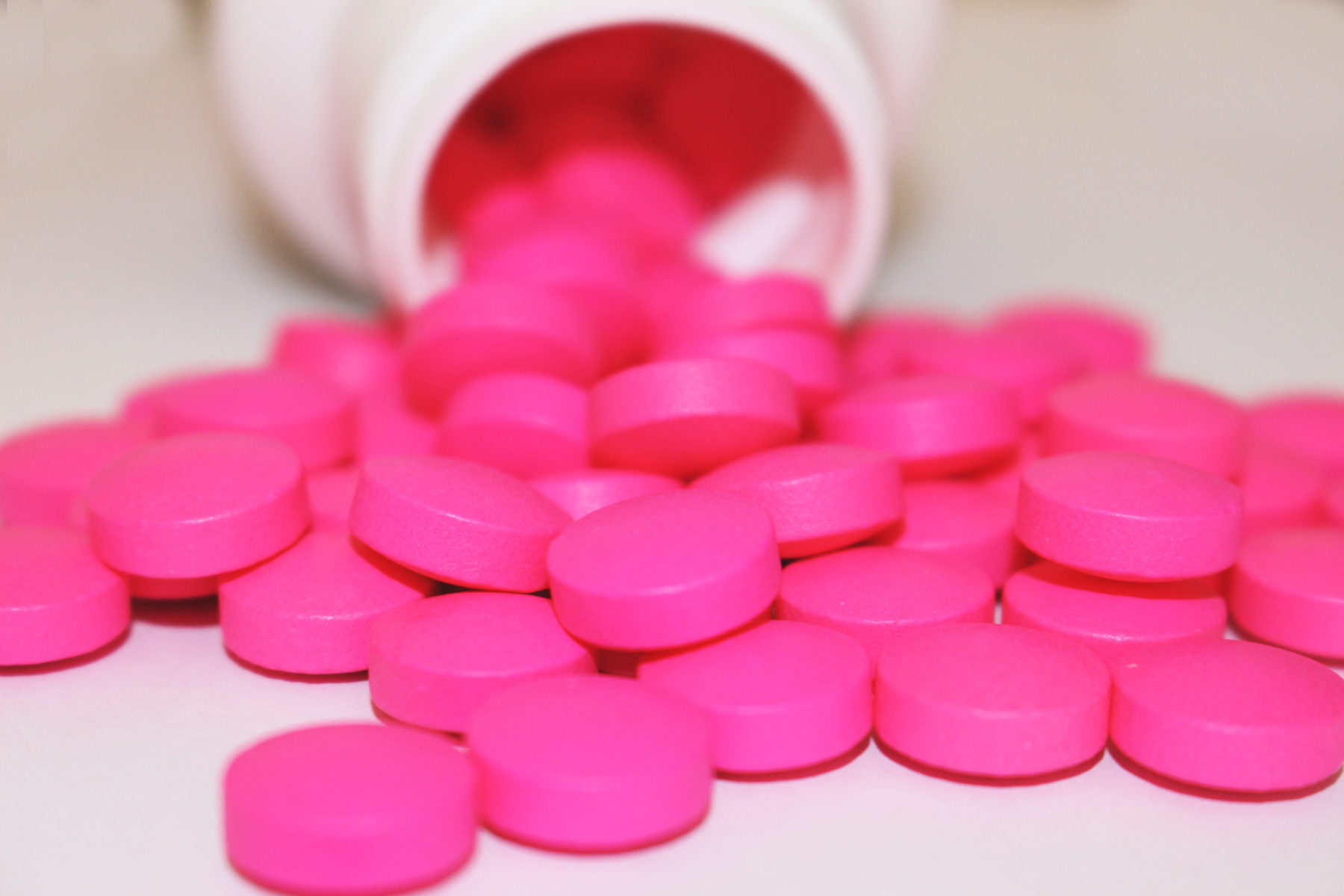
Pharma Companies Spend Billions More on Stock Buybacks Than Developing Drugs, House Report Finds
Americans pay two to four times more than people in comparable countries for brand-name prescription drugs, in part because of a 2003 law that bars the Health and Human Services department from directly negotiating the price of drugs covered by Medicare with pharmaceutical companies.
When Democrats took back the U.S. House in the 2018 midterm election, lowering the costs of prescription treatments was a key plank, and in December 2019 Speaker Nancy Pelosi’s chamber passed H.R. 3, the Lower Drug Costs Now Act, by a vote of 230-192, with only two Republican supporters. But the bill did not see any action in the Senate, then controlled by Mitch McConnell. The bill would allow the government to negotiate prices with drug companies and require it to negotiate prices for some of the most expensive drugs that do not have generic competitors.
To stymie the measure, the pharmaceutical industry has long deployed the talking point that allowing the government to negotiate lower prices would stifle innovation, preventing treatments from coming to market. Trade group PhRMA warns of “devastating consequences” if the bill is passed. The Congressional Budget Office (CBO) wrote about the bill in 2019 that “lower prices would increase the use of drugs and improve people’s health” and that it “would lead to a reduction of approximately 8 to 15 new drugs coming to market over the next 10 years.”
A May poll by the Kaiser Family Foundation found that allowing the secretary of health to negotiate drug prices was supported by 88% of the public, who regularly name lowering health care costs as a top priority. The ability would save Medicare some $456 billion over 10 years, according to the CBO, and the legislative face-off has led to record spending on lobbying by the pharmaceutical industry in the first quarter of this year.
This month, Democrats in Congress plan to set the top-line figure of a spending package to be passed in the Senate through a budget reconciliation process—thus sidestepping current filibuster rules—and Pelosi is pushing for the drug pricing bill to be included. In this approach, she’s joined by Senate Budget Committee Chairman Bernie Sanders (I-Vt.), who is factoring in Medicare savings in his budget resolution, which is expected to be voted on in the Senate later this month before being negotiated with House budget leaders.
To bolster her case, and that of the 63 House cosponsors of H.R. 3, Pelosi last week held a conference call with reporters showcasing the findings of a report from the House Oversight Committee, which says that the largest pharmaceutical companies have spent more on stock buybacks and investor dividends than on research and development. According to the report, between 2016 and 2020, the top 14 drug companies spent $577 billion on stock buybacks and dividends, $56 billion more than on R&D, with annual executive compensation growing by 14% over that period. “Some companies paid their CEOs tens of millions of dollars as they raised prices on drugs relied on by millions of Americans,” the report says.
The report was commissioned in January 2019 by the Oversight Committee, which was then chaired by former Democratic Rep. Elijah Cummings, who H.R. 3 has since been named after.
Taking direct aim at the industry’s claims regarding innovation, the report from the committee, now chaired by Rep. Carolyn Maloney of New York, writes that some of drugmakers’ R&D spending goes toward suppressing competition from generic drugs and targeting U.S. markets for price hikes. For example, the report says, AbbVie pursued minor patent enhancements on its blockbuster arthritis drug Humira, whose R&D costs were only 7.4% of the drug’s net U.S. revenue. “How can they say with a straight face that lower drug prices for Americans will come at the expense of research and development?,” said Pelosi.

A group of 10 House Democrats argued earlier this year that Congress should get buy-in from drug companies in lowering prescription drug prices, signing a letter co-led by five-term Rep. Scott Peters of California and freshman Rep. Jake Auchincloss of Massachusetts. In May, the signers expressed their concern that any drug pricing reform should have both Republican support and pharmaceutical industry buy-in—implicitly threatening the passage of House Democrats’ standalone bill. Our analysis found that the signing reps, including three members of the 19-member centrist Blue Dog Coalition, received, on average, more than 2.5 times as much PAC money from pharmaceutical companies in the 2020 election cycle than the House Democrats who did not sign it. In raising the specter of reduced innovation without mentioning billions of dollars annually in stock buybacks, the letter signers also echoed the industry-favoring attacks of the Koch network astroturf group Americans for Prosperity (AFP).
Sludge inquired with all 10 letter signers if they had seen the House committee’s report and its finding that “drug companies could maintain or even increase R&D spending under H.R. 3 if they spent less on enriching shareholders and executives.” The only response came from Auchincloss spokesperson Matt Corridoni, who said, “Congressman Auchincloss is a co-sponsor of H.R. 3. What patients pay at the pharmacy for their drugs is determined by drugmakers, health insurers, and pharmacy benefit managers. So to lower drug prices, all three need to be part of the solution.” Corridoni did not address questions about the House report’s conclusion that industry warnings on harms to innovation were “overblown.” According to the report, the 14 pharma companies are projected to spend $1.15 trillion on stock buybacks and dividends from 2020 through 2029, more than twice the amount that H.R. 3 is projected to save over the same period. The report’s findings track with a 2017 paper from the nonprofit think tank Institute for New Economic Thinking, which found that from 2006 through 2015, 18 large drug companies spent 11% more on stock buybacks and dividends than on R&D.
Since their hauls from pharma companies last cycle, the Democratic H.R. 3 skeptics have continued to see donations come in from drugmakers. This year, Peters received PAC contributions of $5,000 from Eli Lilly, $2,5000 from Merck, $5,000 from Amgen, and $2,500 from Pfizer on May 25, a couple of weeks after the letter he co-led was published, according to the PACs’ FEC reports. Peters was given $5,000 in June by GlaxoSmithKline’s PAC. The congressman, who represents a district in San Diego County including areas north of the city, is a member of the House Energy & Commerce Committee and the Budget Committee, and last cycle employees and PACs in the pharmaceutical industry were his top campaign donor, according to OpenSecrets.
Letter signer Stephanie Murphy of Florida, one of four co-chairs of the Blue Dog Coalition, was sent PAC contributions by Eli Lilly and Genentech in March, and then Novartis and GlaxoSmithKline after the letter was released in May. Her fellow Blue Dog Rep. Kurt Schrader of Oregon was also given a PAC contribution by Novartis. The Blue Dog PAC was given $5,000 by the PACs of Bayer and Merck in March, $5,000 by Johnson & Johnson’s PAC in April, and $5,000 in May by the PAC of biotech trade association BIO, the groups reported.
GlaxoSmithKline’s PAC donated $2,500 to letter signer and Blue Dog Josh Gottheimer of New Jersey, as well as $2,500 to Murphy and $2,500 to Schrader last month.
Letter signers Marilyn Strickland of Washington and Tony Cárdenas of California were sent donations from Pfizer’s PAC, and Amgen’s PAC reported a $5,000 donation to Cárdenas. The pharmaceutical industry was the top contributor last election cycle to fifth-term Rep. Cárdenas, according to OpenSecrets, who also sits on the Energy & Commerce Committee. The other letter signers were Rep. Kathleen Rice of New York, Blue Dog member Rep. Lou Correa of California, and freshman Rep. Frank Mrvan of Indiana.
